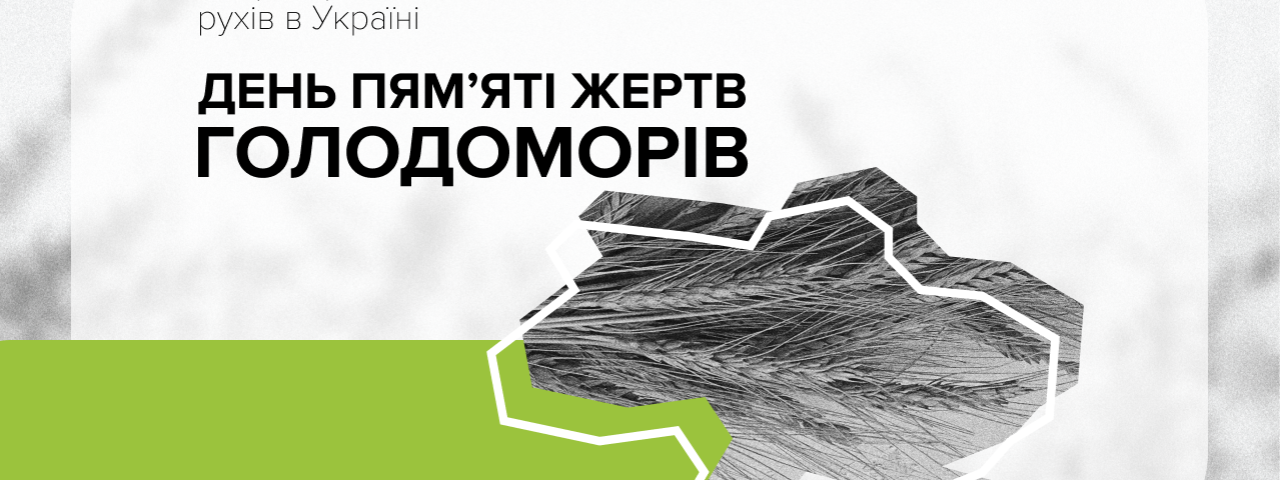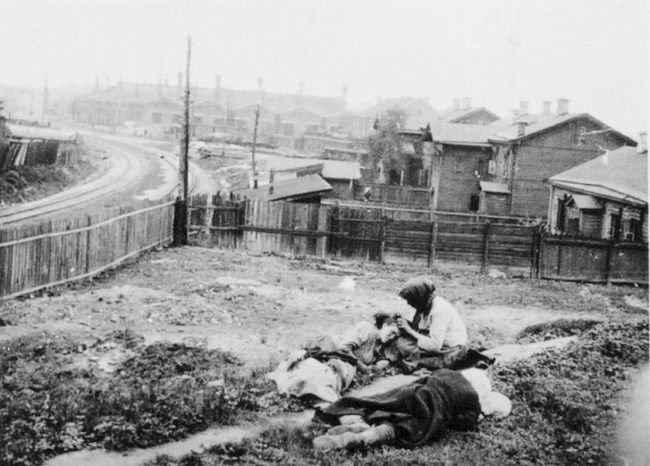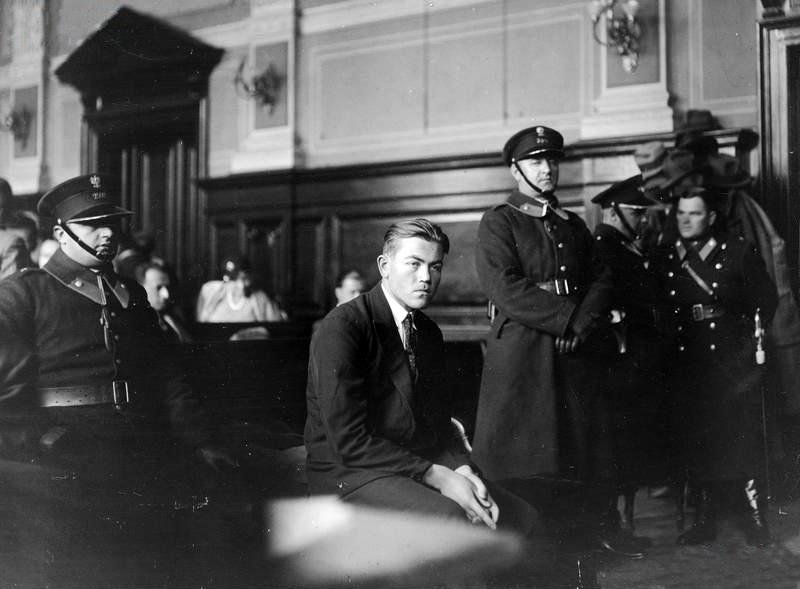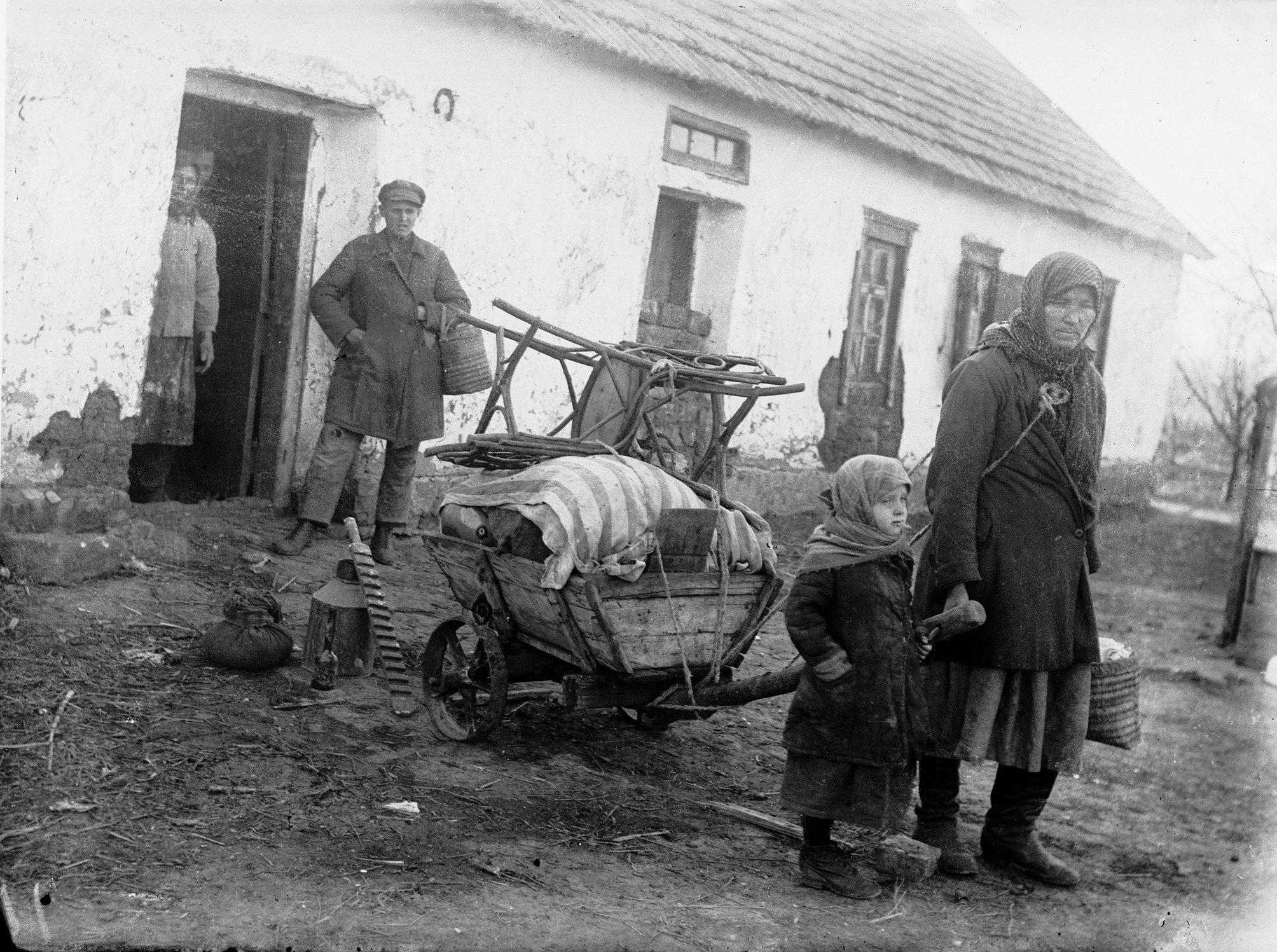How ukrainians fought the Holodomor. The history of resistance

The Holodomor was a terrible act of genocide committed by the USSR to kill Ukrainians. It was a man-made famine that claimed 3.9 million lives, according to rough estimates. In the article, we're telling the story of resistance to these terrible years.
The Holodomor was a terrible act of genocide committed by the USSR to exterminate Ukrainians. It was an man-made famine that claimed 3.9 million lives, according to rough estimates. There were several artificially created mass famines on the territory of Ukraine — in 1921-23, 1932-33, and 1946-47, but the most massive was the famine in the 1930s. In this way, the Soviet government tried to suppress the national liberation movements of Ukrainians by physically destroying them.
The USSR launched a campaign of disinformation, pouring money into Western pro-communist publications, and even took journalists on
press tours to "Potemkin villages" where the best receptions were organised for them.
But it would be rash to say that Ukrainians accepted this and died in silence. They resisted, left the collective farms and massacred the local authorities, while Ukrainians in western Ukraine protested, created publicity in the media, and spread the truth in large-scale trials.
We have collected the most interesting facts about the Ukrainian resistance of those terrible times.
Soviet-controlled Ukraine
Active resistance to the Holodomor began in 1932 in the Soviet-controlled part of Ukraine with the distribution of anti-Soviet flyers and proclamations calling for disobedience. The main thesis was "the party is mocking the villages, it's time for an uprising". Peasants also left collective farms and sabotaged grain procurement by performing poorly, damaging collective farm property, and refusing to sow grain.
The Buckwheaters (from the film "The Guide")
The song "Hrechanyky" from the film "The Guide" (2014) is a vivid example of the folklore of those times
At the beginning of 1932, peasants massively protested near village councils demanding food or looted collective farm stocks and attacked bread shops. The Soviet authorities called this "bagpipes". During the first 7 months of 1932, 923 acts of disobedience took place in the Ukrainian SSR, almost two-thirds of the total actions throughout the Soviet Union.
Local communities also resisted the "dekulakisation" of wealthy peasants, standing in their defence in droves.
The more harshly the Soviet government acted, the more radical the resistance became. In 1932, more than 1,000 acts of civil disobedience were recorded on the territory of the Ukrainian SSR, of which about a third were the murders of local authorities and organisers of grain procurement. During the Holodomor, the GPU identified 1,200 anti-Soviet groups in collective farms that resisted grain procurement.
Party members even claimed that a major uprising was being prepared in Ukraine in the spring of 1933. Six months later, the underground organisation "General Staff of the National Rebellion Forces", which operated in the Kharkiv region and was preparing for a mass uprising to overthrow the Soviet regime, was exposed.
In total, during the Holodomor of the 1930s, the Bolshevik authorities arrested almost 40,000 people for anti-Soviet activities. This means that Ukrainians were not going to die quietly.

Ukraine outside the control of the Soviet government
The residents of the then Polish-Lithuanian Commonwealth, which included the western territories of Ukraine, were well aware of the Holodomor thanks to the escapees. Parts of their letters were reprinted in local and foreign publications. In the summer and autumn of 1933, protests took place in almost all areas of the region with the slogans "Let us all unite in grief with Great Ukraine," "All to the protest front," "Death to the Moscow riders."
An advertisement in a Lviv newspaper, 1933.
In 1933, 36 public organisations and parties in Lviv created the Ukrainian Public Committee for the rescue of Ukraine (UPCRU). The goal was to draw the attention of the League of Nations, which in turn sent a request to the International Red Cross Society, which offered Moscow assistance. The USSR refused to help, and that was the end of the IRCS's involvement in the genocide.
Delegates from Ukraine at the Vienna Conference on Famine in December 1933.
UPCRU offices gradually appeared in European capitals thanks to the diaspora. However, neither calls to collect aid and force the USSR to accept it nor calls for a boycott of Soviet goods worked — Europeans remained silent in their desire to establish relations with the totalitarian state. The United States also ignored the letters of the UPCRU.
Seeing the inability of the international community to do anything, the Organisation of Ukrainian Nationalists (OUN) began to act radically. Mykola Lemyk carried out an attack and killed Oleksiy Maylov, an employee of the Soviet consulate in Lviv. The trial of the perpetrator of the murder became a real anti-Soviet protest, and the journalists present at the trial drew the attention of the international community to the Holodomor. The OUN members succeeded in drawing attention to the issue, but after that the Polish authorities banned mass events and established censorship in the press.
Mykola Lemyk at the court hearing.

Spreading the truth
The Soviet Union poured a lot of money into left-wing media outside its borders to create the impression that nothing was happening in the USSR. But there were also those who spread the truth to the masses, risking their lives.
Gareth Jones
In March 1933, the Foreign Policy Adviser to the British Prime Minister secretly visited Ukraine and subsequently published a press release accusing the Soviet authorities. Later, he openly accused pro-Soviet journalists of covering up the famine. Gareth's story is the subject of the film "The Price of Truth. .
Andrei Sheptytsky
Andrei Sheptytsky at a conference on the famine in Ukraine in the chamber of Cardinal T. Innitzer. Vienna, 16-17 December 1933.
The Metropolitan of the Ukrainian Greek Catholic Church was one of the first to draw the attention of the international community to the Holodomor. He issued a proclamation entitled "Ukraine in its death throes," in which he called on Christians around the world to spread the truth about the Holodomor. The Metropolitan also informed the Vatican about it, launched a campaign to collect aid for the starving in the Naddniprians area, and even negotiated with Hollywood to make a film about the Holodomor.
Malcolm Muggeridge
English journalist and Moscow correspondent for the British newspaper Manchester Guardian. He was initially pro-Soviet, but later, when he heard about the famine in Ukraine, he secretly travelled there and was shocked by the horror he saw. He wrote articles about it, which he sent by diplomatic mail to Europe. These were the first publications about the famine in Ukraine.
Milena Rudnytska
A civil society activist who became an unofficial ambassador, she tried to influence the Soviet Union through official and private meetings with representatives of different countries. Thanks to her the issue of the Holodomor was brought to the attention of the League of Nations.
Nestor Bilous
A collective farm watchman from the Kharkiv region who kept a diary, writing down all the horrors he saw. He was repressed twice and sent to camps, from where he returned in the 1950s. The diary was kept as part of his criminal file and was later made public.
William Henry Chamberlin
An American historian and journalist who was a Marxist until he came to Ukraine. Later he wrote the books "The Iron Age of Russia" and "Ukraine: A Downtrodden Nation".
Viktor Kravchenko
A former Soviet functionary who managed to escape during a business trip to the United States. He published the books "I Chose Freedom" and "I Choose Justice" about the famine and terror in the country. Due to the Soviet campaign to discredit him, he sued the journalists who slandered him. The French called this trial the "trial of the century" because of the number of witnesses involved on both sides.
Ulas Samchuk
Ukrainian writer whose work "Maria" was published in 1934 in Lviv. He dedicated the work to the mothers who died during the Holodomor.
Today is a vivid example of the fact that history is cyclical. They want to exterminate Ukrainians again, both physically, with Russian missiles and tanks, and culturally, by creating narratives about "good" Russians, "brotherly" peoples who "quarreled", etc.

But Russia did not suddenly become the cause and perpetrator of the Ukrainian genocides in 2014 or 2022, with the outbreak of a full-scale war — it has been doing this for centuries. And at the same time, it lied that everything was fine and distorted reality for the international community with propaganda. That's why we must remember our history and our heroes of civil movements who fought for an independent Ukraine and proved that social change is in the hands of proactive activists.


